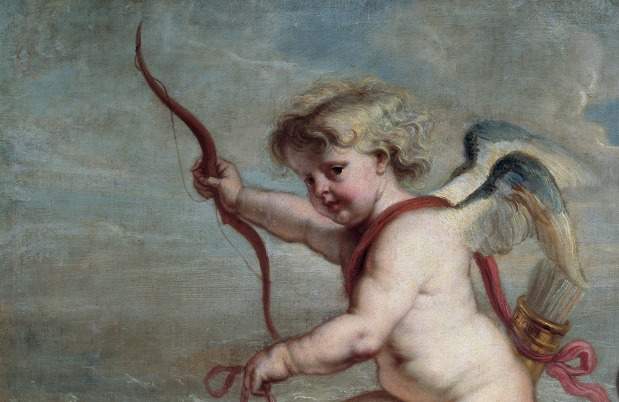
Johann Hermann Schein
Schein was born nearly a century before Bach, but like Bach lived and worked both in Weimar as a court composer, and later in Leipzig as Cantor at St. Thomas church. Even though employed by the church in Leipzig to compose sacred music for services, Schein also published instrumental and secular music for social entertainment as well.
Musica Boscareccia
Schein’s first collection, Venus Kräntzlein, published while a student at the University of Leipzig draws stylistically on German folksong. Schein’s even more popular Musica Boscareccia appeared later in three separate volumes (1621, 1626 and 1628). On the title page of Musica Boscareccia, Schein further describes his pieces as “Wald-Liederlein auff Italian-Villanellische Inventionen” that is, little woodland songs in the style of the Italian Villanella. A villanella is a lighter type of rustic or pastoral song. In his collection, Schein draws on all the usual suspects from the pastoral tradition: Cupid, Venus and other gods, shepherds and shepherdesses, mythological figures, forest creatures and spirits, all ensconced in transparent plots of love and woe.
United Continuo Ensemble
Musica Boscareccia is scored for two sopranos and a bass throughout, yet in his preface, Schein outlines six alternatives for performance with various combinations of instruments and voices. It’s a perfect set up then for the United Continuo Ensemble who take advantage of Schein’s loose scoring with an ever changing assortment of voices and instruments including viola da gamba, recorder, violin, keyboards, lutes, harp and guitars.









